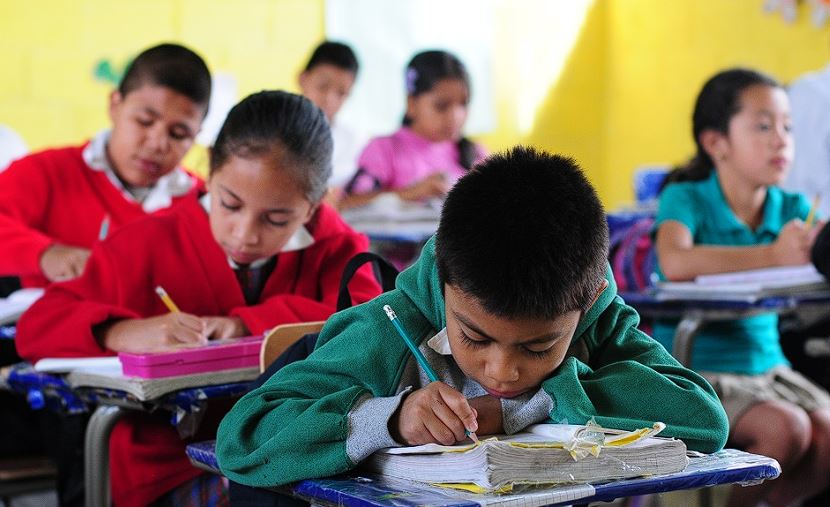
Education in developing countries faces a multitude of challenges, many of which hinder the ability to provide quality and equitable education to all. These challenges vary from region to region but generally encompass the following:
- Limited Access to Education:
- Lack of infrastructure: Inadequate school buildings, classrooms, and facilities make it difficult to accommodate all students.
- Distance to schools: Many children in rural areas must travel long distances to reach the nearest school, which can be a barrier to attendance.
- Low Enrollment Rates:
- Poverty: Families living in poverty often cannot afford school fees, uniforms, or textbooks, preventing children from enrolling in school.
- Gender disparities: In some regions, girls are less likely to attend school due to cultural norms, safety concerns, or the need for them to help with household chores.
- Quality of Education:
- Unqualified teachers: A shortage of trained and qualified teachers can lead to subpar education quality.
- Outdated curriculum: Curricula may not be relevant to the needs of students or the job market.
- Inadequate Resources:
- Lack of books and educational materials: Many schools lack essential resources like textbooks, which can impede effective learning.
- Insufficient funding: Schools often operate with limited budgets, leading to overcrowded classrooms and underpaid teachers.
- Language Barriers:
- Differences in languages spoken at home and at school can create barriers to effective learning, especially in multilingual countries.
- Health-Related Challenges:
- Poor health and nutrition: Malnutrition, diseases, and lack of access to clean water and sanitation can impact children’s ability to attend and concentrate in school.
- High dropout rates: Illness, including HIV/AIDS, can result in high dropout rates among students and teachers.
- Political Instability and Conflict:
- Civil conflict and political instability disrupt educational systems, leading to the destruction of schools, displacement of students and teachers, and decreased funding for education.
- Inequality and Discrimination:
- Discrimination based on ethnicity, religion, gender, or disability can limit access to education and perpetuate inequalities.
- Inequitable distribution of resources: Schools in urban areas often receive more resources than those in rural or disadvantaged regions.
- Teacher Shortages:
- Insufficient training: Many teachers lack the necessary training and professional development opportunities.
- Low salaries: Inadequate pay can lead to high teacher turnover and a lack of motivation.
- Lack of Access to Technology:
- Limited access to computers and the internet hinders digital literacy and access to online educational resources.
- Child Labor:
- In many developing countries, child labor remains prevalent, with children working instead of attending school to help support their families.
- Climate Change and Natural Disasters:
- Climate-related events, such as floods and droughts, can disrupt schooling and damage infrastructure.
Addressing these challenges requires a multifaceted approach involving governments, NGOs, communities, and international organizations. Investments in infrastructure, teacher training, curriculum development, and policies aimed at reducing poverty and discrimination are crucial steps toward improving education in developing countries.